|
There are various chemicals available for the control of Varroa mites from honey bee colonies including amitraz and tau-fluvalinate. The optimum dose of these chemicals should give the highest Varroa control efficacy with minimal negative impacts on honey bees. The high doses are expected to have destructive impacts on honey bees. However, the impacts of the sub-lethal doses of these chemicals on honey bees are not well known. Therefore, the potential effects of the sub-lethal doses of these two chemicals on the survival of honey bee workers and drones, and on some body parameters were investigated. The study showed that the exposure of honey bee workers and drones to sub-lethal doses of chemical A (amitraz 125 mg/ml) or chemical B (tau-fluvalinate 240 mg/ml) had no clear negative impacts on their survival rates. Only tau-fluvalinate and not amitraz showed adverse impacts on measured body parameters of workers and drones, suggesting impacts on bee physiology. More insights into the potential impacts of tau-fluvalinate at different doses including the optimum one on bee physiology are advisable. |
|
Abou-Shaara, H. F., Staron, M. & Čermáková, T. 2017. Impacts of sub-lethal doses of amitraz and tau-fluvalinate on some parameters of honey bee workers and drones. Munis Entomology & Zoology, 12 (2): 516-523. |
| vol12issue2-5430109.pdf | |
| http://www.munisentzool.org/?page=abstract&jid=29&id=1122 |









